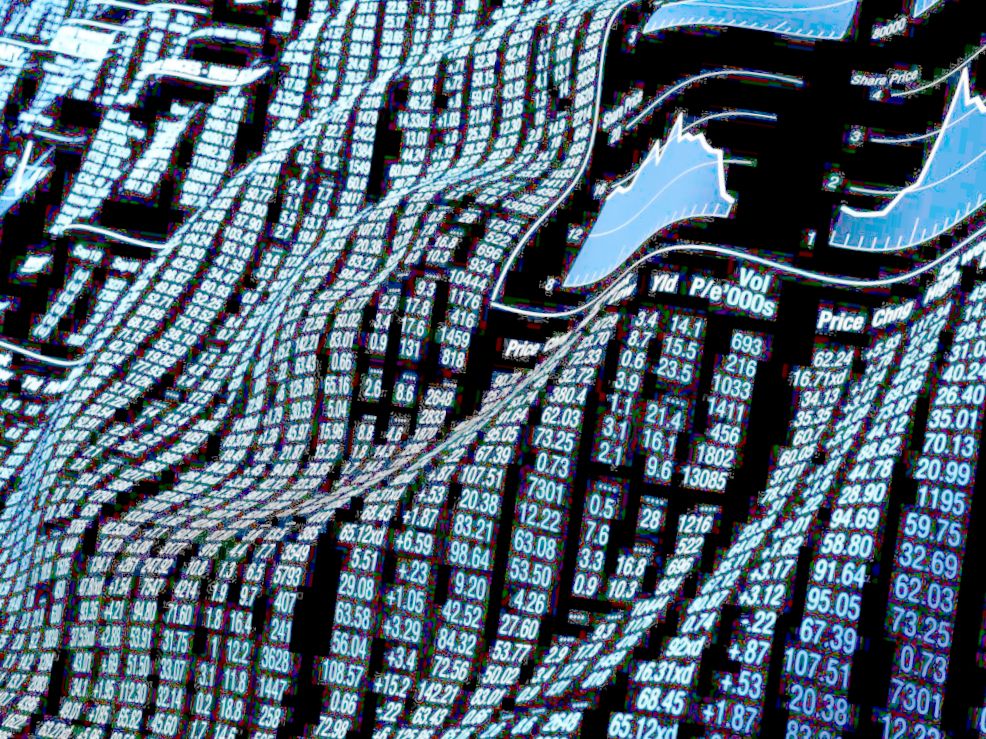The SG&A ratio is simply the relationship between SG&A and revenue – i.e. the expense expressed as a percentage of total sales. With NetSuite, you go live in a predictable timeframe — smart, stepped implementations begin with sales and span the entire customer lifecycle, so there’s continuity from sales to services to support. When SG&A expenses are “ordinary” and “necessary” to your type of business, the IRS typically allows you to deduct them for the tax year in which they were incurred. SG&A expenses as a percent of revenue are generally high for healthcare and telecommunications businesses but relatively low for real estate and energy.
For example, rent most likely will be a fixed dollar value every period. On the other hand, advertising expenses will vary with the strategic decisions a company makes during the given period. The most common examples are rent, insurance, utilities, supplies, and expenses related to company management, such as salaries of executives, admin staff, and non-salespeople. The ABC executives also squandered shareholders’ capital through out-of-control expenses. It was later revealed that ABC had artificially padded its earnings by selling the original Jackson Pollack and Willem de Kooning paintings it owned.
Excessive SG&A Spending
Individual businesses might have higher or lower SG&A percentages based on their unique cost structures and strategies. Overall, understanding SG&A expenses is an essential aspect of financial management and can help companies to make informed decisions and to achieve financial stability and growth. SG&A expenses are disclosed in the notes to a company’s financial statements, providing additional information and transparency to investors and analysts. By monitoring SG&A expenses, a company can identify areas where costs can be reduced and implement cost-saving measures, improving the company’s profitability and financial performance. Cloud accounting software has revolutionized the way businesses manage their financial operations in today’s digital era. With its numerous benefits and increasing popularity, it has become a game-changer for…

In business, Selling, General, and Administrative expenses (SG&A) are critical aspects of operations and financial health. SG&A expenses are incurred in the daily operations of a company, excluding the costs of producing goods or services, and are necessary for the company’s https://accounting-services.net/present-value-of-annuity/ sales and administrative functions. These expenses support the company’s operations, regardless of whether it does or doesn’t generate sales. SG&A expenses comprise all the day-to-day operating costs of running a business that aren’t related to producing a good or service.
What Is Selling, General & Administrative Expense (SG&A)?
The selling, general and administrative expense (SG&A) is comprised of all operating expenses of a business that are not included in the cost of goods sold. Management should maintain tight control over these costs, since they increase the break even point of a business. It may be broken out into a number of expense line What Is Selling, General & Administrative Expense Sg&a? items, or consolidated into a single line item (which is more common when the condensed income statement is presented). Tracking and managing SG&A expenses is an integral part of financial management, as it can provide valuable insight into a company’s operations and help to improve its profitability and efficiency.
What is included in SG&A?
SG&A expenses include most expenses related to running a business outside of COGS. This includes salaries, rent, utilities, advertising, marketing, technology, and supplies not used in manufacturing.